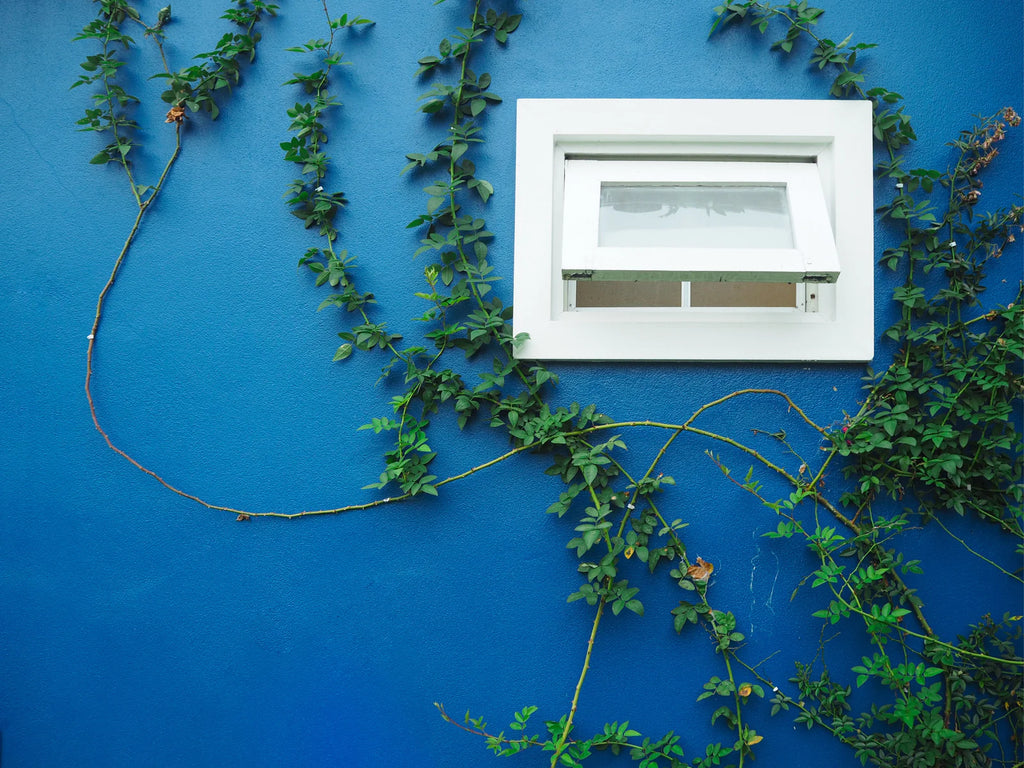
Why Ventilation in Your Home Matters
The topic of ventilation has been more and more prevalent in conversation in the last few years, but what exactly does it mean? Whether you want to improve your home’s air quality in winter or keep everyone comfortable during stuffy summer months, we hope this discussion will enlighten you on some key points about ventilation.
Explain it to me!
Ventilation is the process of circulating out used or stale air and replacing it with fresh air. Without ventilation, you’re left inside your home breathing stale air and toxins like carbon monoxide and mold. Because buildings today tend to have more airtight structures, ventilation is even more important in keeping you and your family comfortable and safe.
So, why should I care?
Without ventilation, you and your household could be at increased risk of breathing in toxins like carbon monoxide or mold spores as well as contracting airborne illnesses.
Carbon monoxide
- A colorless, odorless gas, carbon monoxide is a byproduct of combustion appliances like stoves and fireplaces.
- When accumulated in poorly ventilated areas, carbon monoxide can be deadly.
- A battery-operated carbon monoxide detector can help you keep tabs on levels in your home.
Moisture
- Excess moisture in your home can threaten your health, lead to mold growth, ruin insultation, or cause structural damage.
- Elevated levels of water vapor, in conjunction with toxic fumes from synthetic materials, cleansers, and other household chemicals can make a home’s air uncomfortable and even toxic.
- Too much humidity can also cause your cooling system to work harder, which means you’re left paying higher energy bills.
Airborne illnesses
- A lack of ventilation and clean air can create a welcoming environment for viruses, bacteria, and microorganisms.
- Stale indoor air moves less than fresh outdoor air, so virus particles hang in the air in greater concentrations.
- Ventilation strategies that bring in more outdoor air can break up viral particles and decrease the risk of people inhaling them or getting infected through their eyes, nose, or mouth.
Simple circulation
The simplest way to improve ventilation in your home is to open doors and windows. However, this might not always be ideal if you use a portable air conditioner or whole-house air conditioning. While ACs are more effective at cooling, they require closed doors and windows to operate optimally, meaning they recirculate indoor air instead of encouraging fresh air into the environment. Consequently, bacteria and viruses are more likely to propagate in this enclosed system.
One option that will allow you to stay cool while improving ventilation in your home is an evaporative air cooler, which requires cross-ventilation to circulate fresh air. Evaporative coolers pull in outside air and transform it into moistened, cooled air, dispersing it through the room in a process that ensures optimum air exchange. By redirecting stale air outdoors, evaporative air coolers also reduce the harmful aerosols that carry infections.
Traditional fans can also circulate stale air, but they aren’t as powerful as air coolers in encouraging cross-ventilation. Additionally, fans don’t aid in the introduction of new, fresh air into your home, even if you do have a window open.
In conclusion
There are many reasons to improve ventilation in your home, from helping to remove harmful toxins to lowering the risk of airborne illnesses. By opening a door or window and circulating the air in the room, you can ensure you're breathing in better air.

